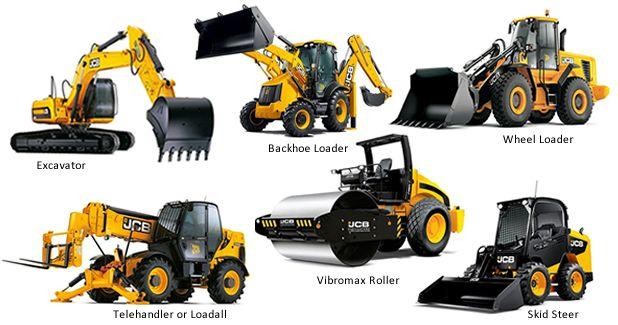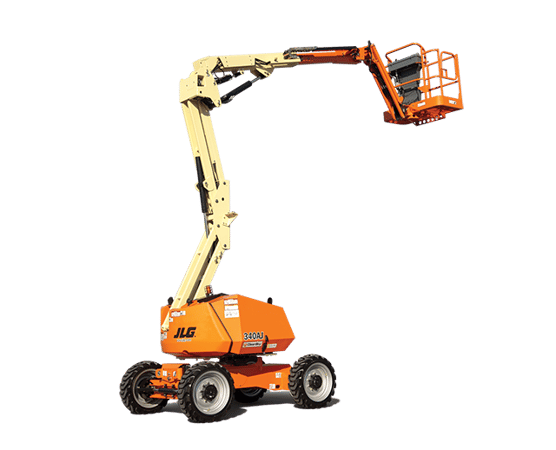Maximize Your Budget Plan by Recognizing the Expenses Related To Construction Devices Services
Understanding the complete scope of prices related to construction devices rentals is crucial for maximizing your budget plan. While the initial rental cost may appear simple, numerous extra expenses-- such as transport, gas additional charges, and maintenance-- can rapidly collect, impacting your economic planning. Being mindful of different costs and the intricacies of rental agreements can assist stay clear of unanticipated monetary burdens. What approaches can be utilized to effectively handle these expenses and ensure a much more reliable rental experience?
Summary of Rental Costs
When considering building and construction equipment services, understanding the associated expenses is vital for effective budgeting and project preparation. Rental prices can differ dramatically based on numerous factors, including tools kind, duration of leasing, and location. The preliminary rental fee usually reflects the equipment's market demand and its linked functional capacities, influencing the overall expense.
In enhancement to the base rental price, secondary expenses might occur, such as transport costs, fuel surcharges, and upkeep charges. It is crucial to make up these added expenses to accurately assess the complete cost of leasing equipment. Moreover, the rental duration can influence rates; longer rentals may receive discounted rates, while short-term leasings might incur higher daily charges.

Break Down of Rental Prices
A thorough understanding of rental prices is necessary for specialists and task managers aiming to enhance their budget plans. Rental rates for building tools commonly include a number of parts, consisting of base prices, time-based charges, and use fees.
Base rates are the core charges linked with the leasing of the tools, frequently determined by the kind and dimension of the equipment. These prices can differ significantly, affected by variables such as tools demand, schedule, and local market patterns. Time-based charges, which may be daily, weekly, or monthly, offer to fit different project timelines and rental periods.
Furthermore, rental rates might include use costs, which apply when equipment is utilized past a defined threshold, ensuring that the rental firm can account for damage. Seasonal demand changes can likewise impact rental prices, with peak building and construction seasons typically regulating higher prices.
In addition, comprehending the rental firm's plans concerning upkeep and insurance policy can provide more insight into the general cost framework. By analyzing these parts, professionals can make enlightened decisions, ensuring the selection of rental devices lines up with both project needs and budget restrictions.
Added Fees to Consider
Recognizing the details of additional fees is crucial for professionals to manage their general leasing costs properly. Beyond the common rental prices, numerous additional costs can dramatically influence the total price of tools leasing. These charges typically include shipment and pick-up charges, which can vary based on distance and logistics entailed in transferring the equipment to and from the job website.
In addition, some rental firms may impose gas additional charges if the devices is returned with much less gas than when rented out. It is additionally vital to understand possible cleansing fees, especially for specific equipment that needs thorough upkeep after usage.

Extensively examining the rental agreement and making clear these extra fees ahead of time can assist professionals stay clear of unforeseen costs and make sure that budget plans remain undamaged throughout the project lifecycle.
Upkeep and Repair Work Expenditures
Routine repair and maintenance expenditures are usually neglected variables that can substantially influence the general cost of building and construction equipment rentals. When renting devices, it is crucial to consider not only the rental costs but likewise the possible costs connected with keeping the equipment in optimal operating problem.
Several rental business include standard upkeep as component of the rental agreement; nevertheless, much more unanticipated failures or considerable repair work can result in additional expenditures. It's essential to examine the rental contract carefully to understand what upkeep solutions are covered and what duties drop on the renter.
Furthermore, devices that is not well-maintained can result in ineffectiveness at work website, potentially boosting and causing delays project costs. To mitigate these dangers, it is suggested to perform normal evaluations and preserve open communication with the rental company relating to any kind of concerns that develop throughout usage.
Insurance Coverage and Obligation Expenses
Insurance coverage and responsibility costs are vital elements that can dramatically impact the overall expense of building tools services (forklift rental). These expenses make certain that both the rental company and the customer are secured from potential monetary losses occurring from accidents, damages, or theft throughout the rental duration

Additionally, clients ought to recognize any deductibles or exemptions in the insurance coverage, as these can affect prospective out-of-pocket costs. Comprehending the conditions of any type of insurance policy protection is crucial to avoid unforeseen prices. Inevitably, budgeting for insurance and obligation costs can assist make certain a smoother rental experience and safeguard versus financial threats associated with building projects.
Verdict
In verdict, a thorough understanding of the expenses associated with building devices rentals is important for reliable spending plan administration. Eventually, notified decision-making relating to devices leasings contributes to the general success of building boom lift rental and construction undertakings.
Rental expenses can vary dramatically based on numerous aspects, including devices kind, duration of service, and place (boom lift rental). The rental period can impact prices; longer rentals may certify for reduced prices, while short-term services may sustain higher everyday costs
By conducting complete research study and engaging with credible rental business, professionals can successfully navigate the intricacies of rental pricing, inevitably maximizing their monetary resources.
Beyond the conventional rental rates, different supplemental fees can significantly affect the complete cost of equipment leasing. Rental firms often offer responsibility insurance that covers injuries to third events or damages to residential property, while equipment damage insurance coverage can cover the cost of repair services or substitute if the rented equipment is harmed.